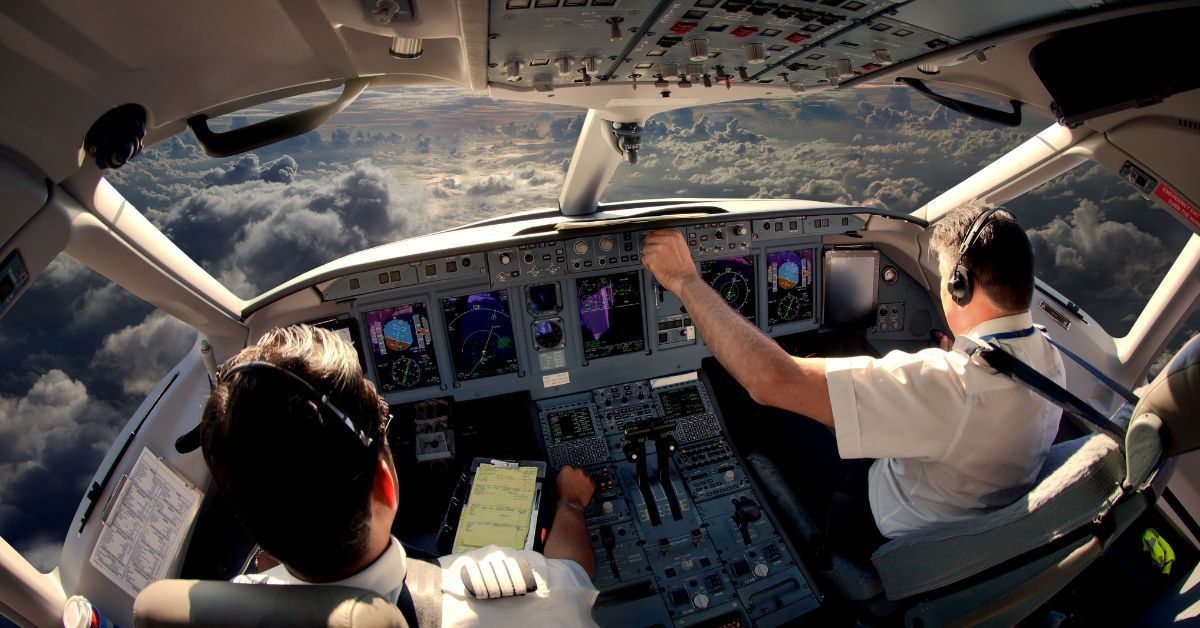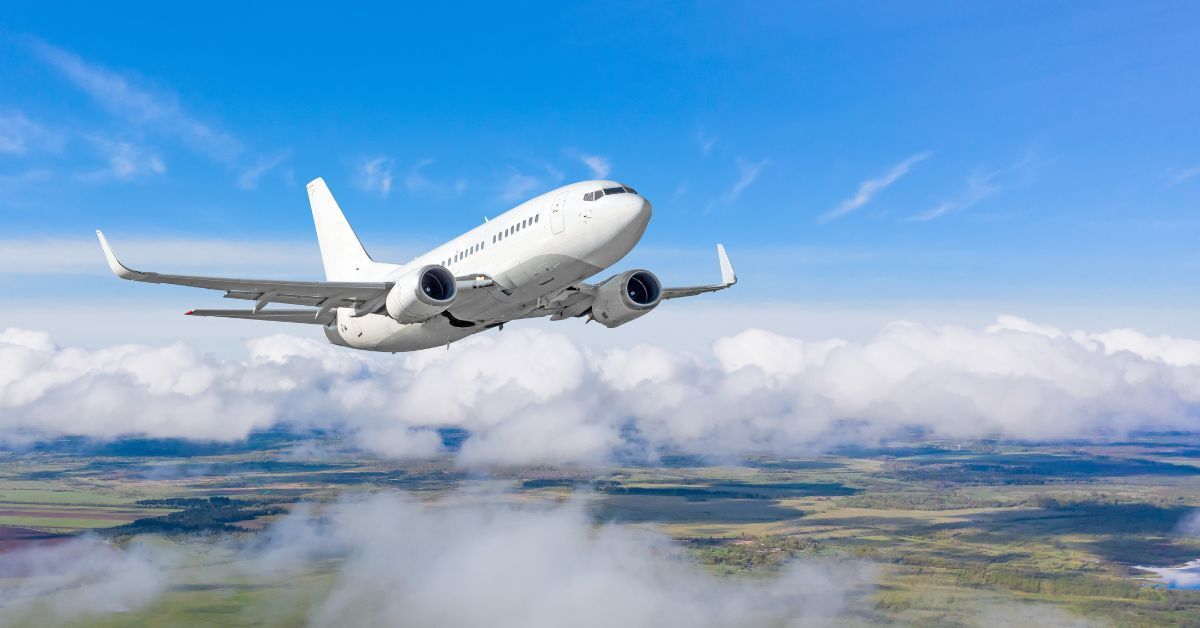The Impact of Automation on Commercial Multi-Engine Pilots
Modern commercial aviation operates through a sophisticated blend of human expertise and automated systems. Technology has fundamentally altered cockpit dynamics, creating both opportunities and challenges for aviators entering this field.
Automation continues reshaping the aviation landscape, requiring pilots to develop different competencies than previous generations. Whether you're transitioning from another profession or seeking specialized training, understanding the impact of automation on commercial multi-engine pilots shapes how you'll train, operate aircraft, and advance professionally.
Flight Management Systems Transform Cockpit Operations
Modern multi-engine aircraft integrate sophisticated flight management systems that handle navigation calculations, fuel optimization, and route planning. These systems process vast amounts of data instantaneously, executing tasks that would consume significant pilot attention during manual operations. Commercial pilots now program and monitor these automated functions rather than manually controlling every flight parameter.
Flight management systems calculate optimal flight paths based on weather, winds aloft, and fuel efficiency considerations. They adjust routes dynamically, responding to changing conditions throughout the journey. However, pilots must understand system logic thoroughly to recognize when automated solutions may not align with operational realities or safety requirements.
Understanding System Limitations
Automation excels within designed parameters but cannot account for every scenario. Pilots maintain ultimate responsibility for flight safety, requiring readiness to intervene when systems encounter unexpected conditions. Training programs emphasize recognizing automation limits and transitioning smoothly to manual control when circumstances demand human judgment.
The complexity of modern systems necessitates ongoing education throughout aviation careers. Airlines invest substantially in recurrent training, keeping crews current with software updates and procedural modifications. Pilots who embrace continuous learning adapt more successfully to evolving cockpit technologies.
Autopilot Technology Redefines Pilot Responsibilities
Advanced autopilot systems in multi-engine aircraft execute complex maneuvers including instrument approaches, holding patterns, and automated go-arounds. This capability shifts pilot focus from active control to strategic monitoring and decision-making. Modern autopilots coordinate with multiple aircraft systems, managing power settings, pressurization, and air traffic control datalink communications.
Pilots configure autopilot systems for specific flight phases, monitoring performance throughout operations. This supervisory role requires different skills than traditional hands-on flying. Aviators must recognize normal system behavior and detect anomalies quickly, intervening before minor issues escalate into serious problems.
Maintaining Manual Flying Proficiency
Autopilot dependency presents challenges when systems malfunction or encounter degraded operational modes. Pilots must maintain manual flying competency to handle these scenarios effectively. Airlines address this through simulator training incorporating automation failures and manual flight exercises, balancing automation use with core piloting abilities.
The transition from active controller to system manager represents a fundamental change in pilot workload distribution. Understanding this evolution helps aspiring aviators prepare for contemporary cockpit environments where technology handles routine tasks, freeing pilots to focus on higher-level decision-making and strategic planning.

Automated Warning Systems Enhance Flight Safety
Multi-engine aircraft incorporate numerous automated warning systems monitoring engine parameters, structural limits, terrain proximity, and traffic conflicts. These systems provide continuous surveillance, alerting crews to potential hazards that might escape attention during high-workload situations. Automated warnings deliver early detection of developing problems, allowing proactive responses.
Terrain Awareness and Warning Systems prevent controlled flight into terrain by providing visual and aural alerts when aircraft approach dangerous obstacles. Traffic Collision Avoidance Systems coordinate with nearby aircraft, preventing mid-air collisions through automated advisories. These technologies reduce accident rates by compensating for human perceptual limitations.
Engine Monitoring and Performance Alerts
Engine monitoring systems detect performance degradation and component failures before they become critical. Multi-engine aircraft benefit particularly from these systems because engine failures require immediate recognition and response. Automated warnings enable pilots to execute appropriate procedures promptly rather than spending precious time diagnosing problems manually.
Weather radar and windshear detection systems provide automated alerts about atmospheric hazards. These systems help pilots avoid dangerous conditions that could compromise flight safety. Integration of multiple warning systems creates a comprehensive safety net supporting pilot decision-making across various flight phases.
Electronic Flight Bags Revolutionize Information Management
Electronic Flight Bags replace traditional paper charts and manuals with digital systems providing real-time information updates. These devices integrate with aircraft systems to display current fuel states, weather conditions, and navigation data. Pilots access performance calculations, checklists, and company procedures through intuitive interfaces, streamlining cockpit workflows.
Electronic Flight Bags automatically update charts and approach plates, eliminating manual revision cycles. They calculate takeoff and landing performance data based on current conditions, reducing the risk of human error in computations.
Digital Documentation and Connectivity
The shift to digital documentation requires pilots to develop skills in information management and system navigation. Airlines provide training on Electronic Flight Bag operation and integration with cockpit procedures. Pilots must adapt to touchscreen interfaces and digital procedures while maintaining situational awareness of primary flight instruments.
Data connectivity enables real-time communication between aircraft and ground operations. Flight following, weather updates, and operational changes transmit directly to cockpits through datalink systems.

Training Programs Adapt to Automation Requirements
Flight training curricula evolve continuously to address automation in modern aircraft. Training syllabi balance traditional flying skills with automation management competencies. Student pilots learn to program flight management systems, monitor automated functions, and intervene appropriately when systems encounter limitations or failures.
Simulator training incorporates realistic automation scenarios including system failures and degraded operational modes. Pilots practice manual flying skills to maintain proficiency when automation becomes unavailable.
Certification Standards Reflect Technological Changes
Certification standards evolve to reflect automation capabilities in contemporary aircraft. Type rating courses focus heavily on automation management and system knowledge. Pilots demonstrate competency in both automated and manual flight operations during practical tests, proving their ability to operate aircraft safely across various scenarios.
Recurrent training addresses automation complacency and skill degradation, ensuring pilots maintain proficiency in manual flying techniques and automation failure scenarios. Training departments monitor pilot performance data to identify areas where additional instruction may benefit individual aviators.
Career Opportunities Expand With Technology
Automation creates career paths for pilots interested in technology and system management. Airlines need pilots who can train others on automated systems and develop operating procedures for new equipment. Technical pilot positions involve liaison work with manufacturers during aircraft certification and system updates, combining operational experience with technical expertise.
Flight operations departments employ pilots with automation expertise to optimize procedures and analyze performance data. These positions blend piloting experience with analytical skills to improve operational efficiency. Pilots with strong technical backgrounds find opportunities in safety departments investigating automation-related incidents and developing mitigation strategies.
Building Your Foundation in Automated Aviation
Commercial aviation continues evolving toward higher automation levels while maintaining the need for skilled human operators. Pilots who embrace technology while maintaining fundamental flying skills position themselves for successful careers. Understanding automation's influence on commercial multi-engine operations helps you prepare for contemporary cockpit environments where technology and human expertise work together.
Whether transitioning from military service or changing careers from another field, comprehensive training programs addressing modern aviation technology provide the foundation for success. Multi-engine pilot training prepares you for the realities of contemporary commercial aviation where automated systems and human judgment combine to achieve safe, efficient operations.
Contact us today to learn more about these programs to develop the competencies you need to thrive in technology-rich cockpit environments.
